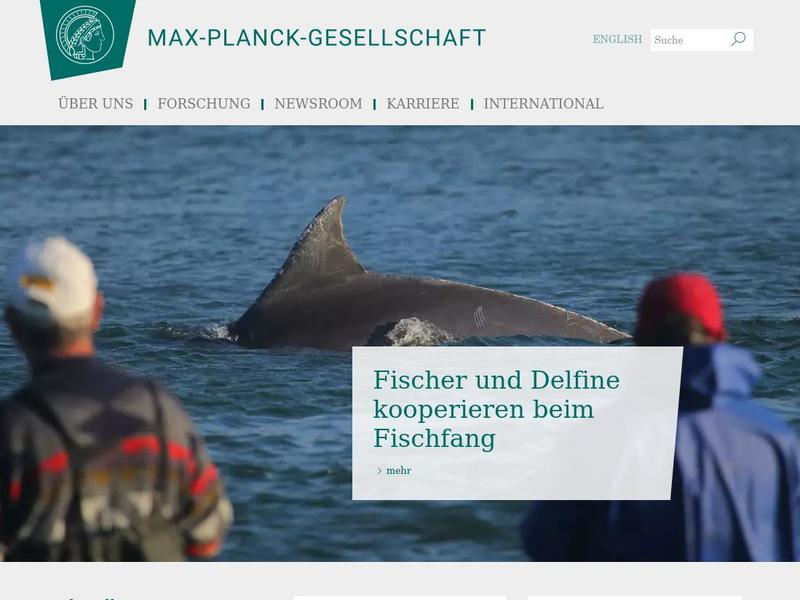Italian for beginners https://www.mpg.de/1253797/italian_for_beginners
Infants are able to learn grammatical regularities in a novel language surprisingly early and at a remarkable speed. In a study at the Max Planck Institute for Human Cognitive and Brain Sciences in Leipzig, researchers working with Angela Friederici showed that the brains of babies were able to learn grammatical relationships between sentence elements in less than 15 minutes and reacted to errors that broke these rules. This was investigated by playing recordings of sentences in Italian to four month old German babies and taking EEG measurements. (PlosOne, 22. 03. 2011)
They very quickly learn new words and recognise grammatical rules which link these

